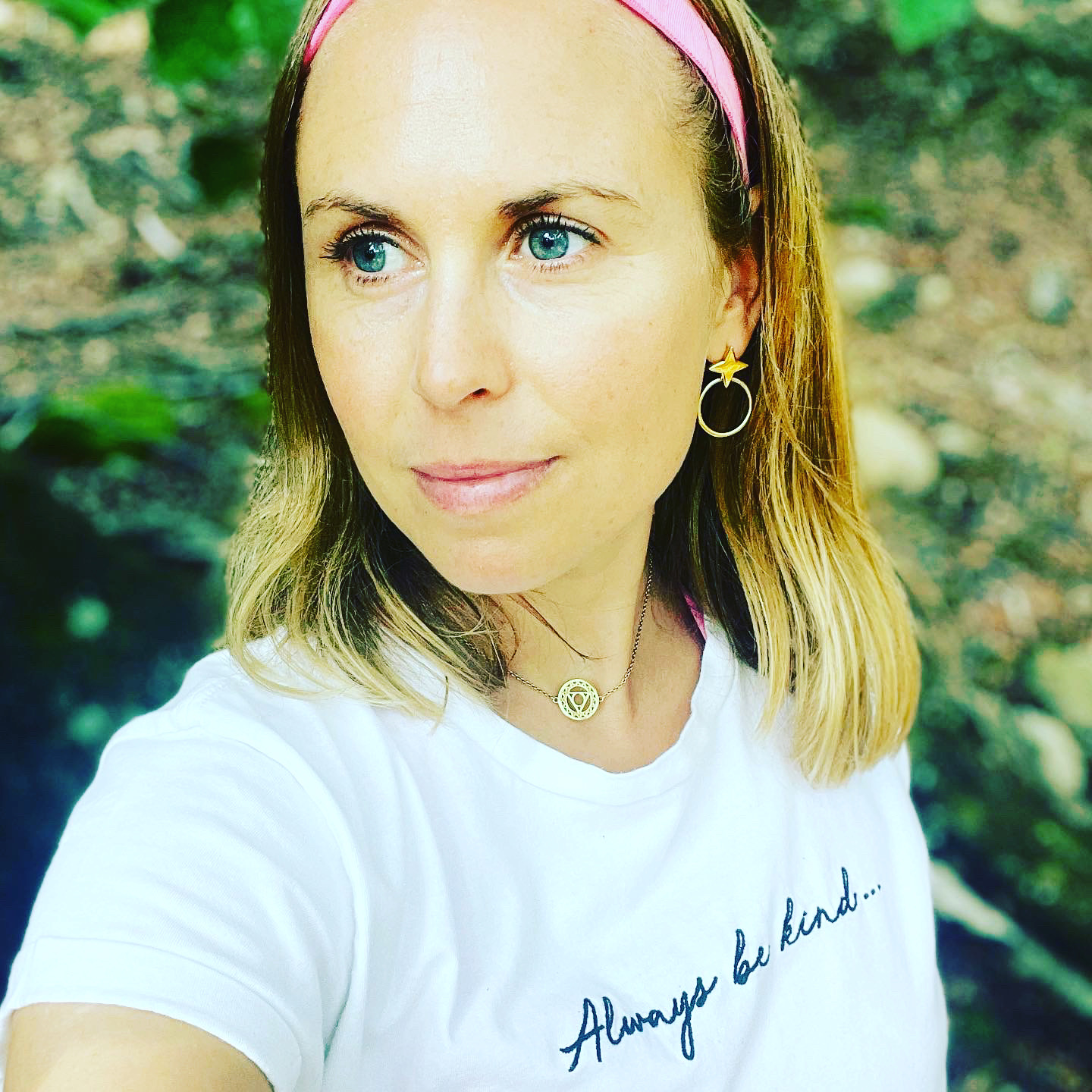Diets have consequences, many consequences. Here are just a few key ones:
- They slow our metabolism
- Increase cravings
- Make us feel hungry, irritable and moody
- Ruin our relationship with food
- They often cause us to gain more weight than we originally lost from the diet
On this week’s episode of the Positive Nutrition podcast, I share how you can lose weight (if that’s truly what you need) without dieting. I break down 5 healthy habits that can support you towards your weight loss goals whilst also benefitting you beyond your body composition desires.
Key Takeaways:
- Sustainable weight loss is achievable through non-diet habits that emphasise overall health and well-being.
- Quality sleep and hydration are foundational elements that can influence one’s weight management efforts.
- Constructing a balanced meal with the VIP’s (Veggies/Fruit, Important Fats, Protein, and Something fun) aligns with satisfying nutritional intake.
- Consistent and enjoyable exercise, tailored to one’s preferences, is more sustainable and beneficial beyond just weight loss goals.
- Responding to hunger cues mindfully and avoiding extreme hunger can prevent overeating and support weight moderation.
As I mention in the episode using the Hunger-Fullness Scale can be helpful in learning to manage your hunger and avoiding getting to the point of feeling ravenous which will often lead to unhealthy food choices and overeating. I also share the concept of learning to eat to 80% fullness which is a mindfulness exercise which requires checking in and observing how you feel rather than mindlessly ‘finishing your plate’ as many of us have been taught to do.
The Hunger-Fullness Scale

The hunger-fullness scale ranks our hunger and fullness cues on a scale of 1 to 10, where each number on the scale correlates to a different level of hunger and fullness.
While it’s important to note that the scale is strictly a guide and different people will experience hunger and fullness differently, the scale ranks as follows:
1 Painfully hungry, may feel sick.
2 Ravenous, very, very distracting.
3 Very hungry, eager to eat something.
4 Slightly empty stomach, could wait if needed.
5 Neutral, not hungry or full.
6 Satisfied, slightly full stomach.
7 Totally satisfied, hunger is gone for a while.
8 Little too full, don’t want anything else to eat.
9 Uncomfortably full, very stuffed.
10 Painfully full, may feel sick.
To use the scale, before you decide to eat, take a moment to check in with yourself to see where you rank on the hunger-fullness scale. Once you’ve identified where you rate your hunger or fullness, consider the following:
- Aim to start eating when you reach 3 or 4 on the scale. At this range, you are physically hungry but not ravenous and are more likely to make food choices that support your body’s physical needs that are not influenced by emotions.
- Try to limit reaching a 1 or 2 on the scale. While life happens and you may certainly find yourself in this range once in a while, it’s best to avoid being in this range on a regular basis. This range may cause you to make less-than-ideal food choices and has the potential to lead you to overeat.
- Consider stopping eating when you reach 6 or 7 on the scale. At this range, you are satisfied but not uncomfortable and you’ve typically consumed enough to keep you energised until your next meal. To be sure, you can always stop eating and wait 20 minutes to reassess how you’re feeling, as it can take a bit of time for fullness to truly set in.
- Try to avoid reaching 8, 9 or 10 on the scale. Although we will all eat beyond our fullness cues from time to time, it’s best to avoid reaching this range regularly. Not only can we feel physically uncomfortable in this range, but it may invoke feelings of guilt, shame, and self-sabotage, particularly for women.
The objective is to remain between a 3 and 7 on the scale as much as possible. By eating in this range you’ll feel satisfied, nourished, and more in control of your physical cues and food choices. By using the scale regularly, you learn how to tell the difference between true, physical hunger and psychological hunger that is caused by emotions, like stress, boredom, sadness, or happiness.
Links mentioned in the episode:
- Listen to the episode mentioned: How to Balance Your Plate Without Sacrafice (learn my simple VIPS framework).
- Enquire about working with me to transform your relationship with food.
